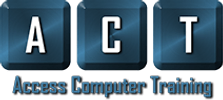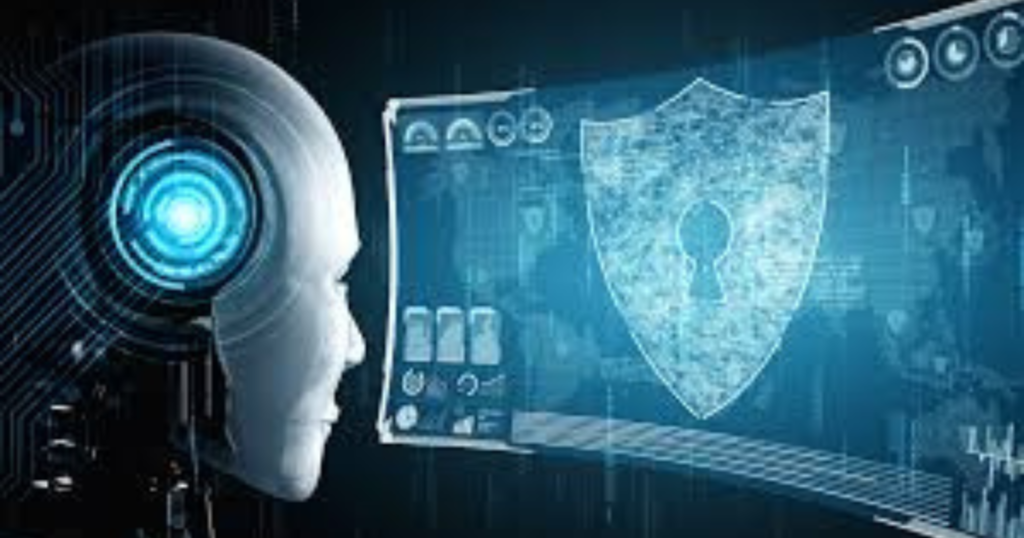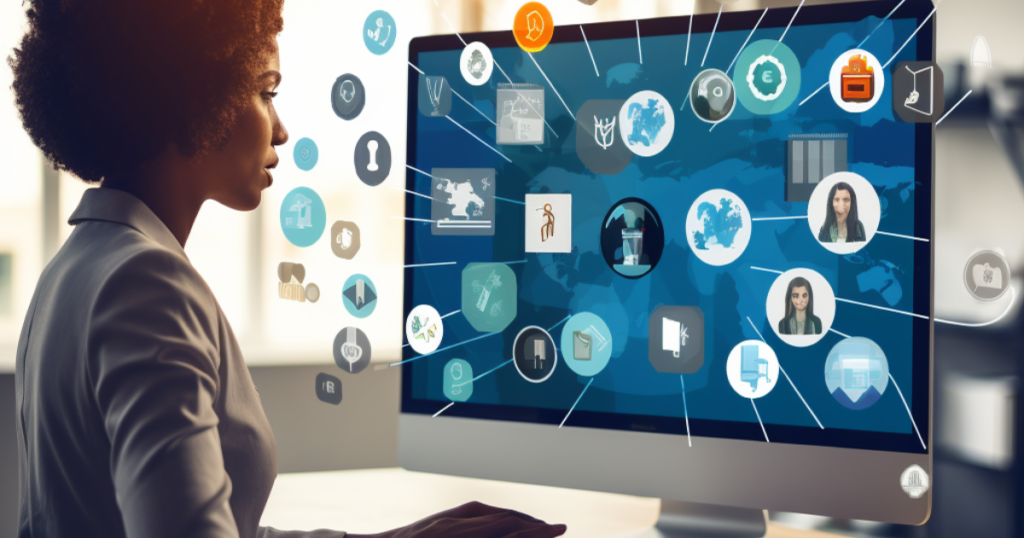Are you new to the world of computers? Don’t worry, we’re here to help. Welcome to ‘Mastering the Basics: The Ultimate Computer Course for Beginners’. In this course, we’ll guide you through everything you need to know to confidently use a computer, from understanding its parts to navigating the system effortlessly.
Our approach is all about being informative and supportive. We want you to feel assured that you’re in good hands and that we’re here to assist you every step of the journey.
Throughout the course, we’ll cover essential topics like file management, browsing the internet, communicating via email, and troubleshooting common issues. Our aim is to equip you with the knowledge and confidence to navigate the digital world comfortably.
No prior experience is needed. Whether you’re a senior eager to connect with loved ones online or a young professional looking to sharpen your computer skills, this course is tailored for you. Get ready to embark on an exciting journey into computer mastery.
Understanding the Basics of Computer Hardware
Computers might seem daunting, but once you grasp the basics of their hardware, things start to make sense. Let’s start with the central processing unit (CPU), often described as the computer’s brain. The CPU handles instructions, calculations, and overall computer operations. It typically sits on the motherboard, alongside other vital components like memory modules and storage devices.
Now, let’s delve into memory. Random Access Memory (RAM) is temporary storage used by the computer for immediate data needs, crucial for its speed and performance. On the other hand, storage devices like hard disk drives (HDDs) or solid-state drives (SSDs) store data long-term, allowing you to save files and keep your data secure.
Lastly, we have input and output devices. Input devices such as keyboards and mice let you interact with the computer, while output devices like monitors and printers display or produce the computer’s results. Understanding these hardware basics sets a solid foundation for exploring the digital realm further.
Operating Systems and Software
Now that we’ve covered hardware, let’s dive into operating systems (OS) and software. An operating system manages and controls a computer’s hardware and software resources, providing a user-friendly interface and running applications. Popular operating systems include Microsoft Windows, macOS, and Linux.
Once you’re comfortable with the operating system, it’s time to explore various software applications. Word processors like Microsoft Word or Google Docs help you create and edit documents, while spreadsheets like Microsoft Excel or Google Sheets assist in organizing and analyzing data. There’s also specialized software for graphic design, video editing, and more. Mastering these tools opens up a world of possibilities.
Navigating the Desktop and File Management
Now that you understand hardware and software basics, let’s tackle navigating the desktop and managing files. The desktop is your computer’s main screen, typically filled with icons representing files, folders, and applications.
You can navigate the desktop using a mouse or trackpad, clicking on icons to open files or launch applications. Keyboard shortcuts can speed up common tasks. File management is crucial; organizing files logically makes finding what you need easier. Creating folders and using descriptive names is recommended, along with regular backups to prevent data loss.
Email Essentials
Email is essential in today’s world. Whether for personal or professional use, knowing how to use email effectively is valuable. Start by creating an email account with providers like Gmail, Outlook, or Yahoo Mail. Then, send and receive messages, attach files, and organize your inbox efficiently.
When composing emails, use clear subjects and proper grammar. Be cautious with email attachments and links to avoid potential security risks.
Word Processing and Document Creation
Word processing skills are fundamental for creating professional-looking documents. Choose suitable fonts and formatting options to organize your content effectively. Add images, tables, and charts to enhance visual appeal. Spelling and grammar checks help maintain quality.
Basic Troubleshooting and Maintenance
Even well-maintained computers encounter issues. Troubleshooting involves tasks like closing unnecessary applications, updating software, checking connections, and performing regular maintenance tasks like cleaning and running antivirus scans.
Conclusion
Congratulations on completing ‘Mastering the Basics: The Ultimate Computer Course for Beginners’! You now have a solid foundation in computer essentials. Remember, practice is key to mastery. Keep exploring, and you’ll become even more proficient. In today’s digital age, computer skills are invaluable. Keep learning and discovering new opportunities. Happy computing!







